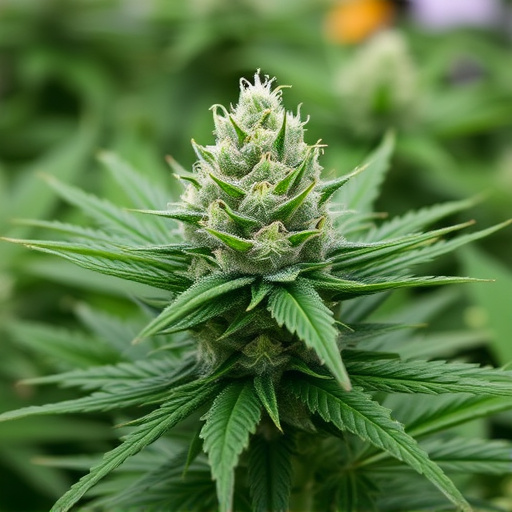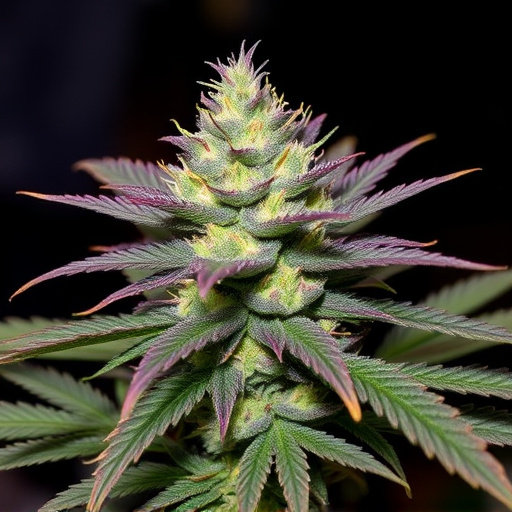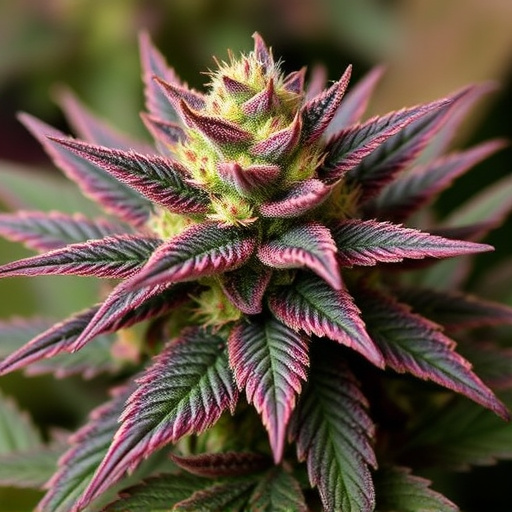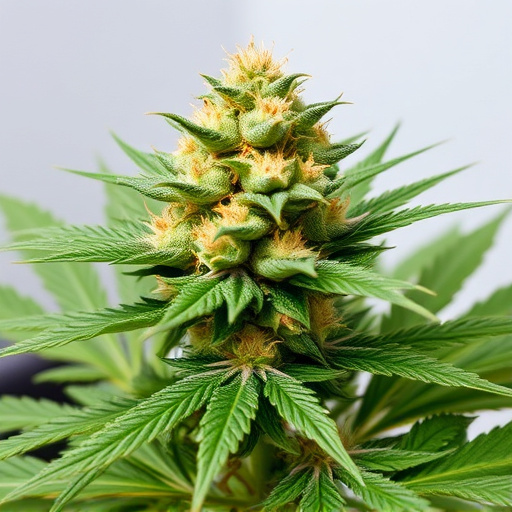Smoking cannabis offers immediate benefits like heightened senses, laughter, and creativity, but also carries significant risks including altered time perception, impaired concentration, and motor skills, especially during activities requiring focus. Chronic use, particularly in adolescence, poses health risks such as brain development issues, respiratory problems, and mental health disorders. The article emphasizes the importance of exploring best pot strains to mitigate negative side effects, highlighting unique chemical compositions that can tailor cannabis use to individual needs and preferences while minimizing adverse reactions.
“Smoking weed, while a growing trend, isn’t without its side effects. This article explores the multifaceted impacts of cannabis consumption, focusing on both short-term cognitive and physical repercussions as well as long-term health risks associated with chronic use. We delve into how different strains, particularly the best pot strains, can play a role in mitigating these negative effects, offering insights for informed decision-making.”
- Short-Term Effects of Smoking Weed: Cognitive and Physical Impacts
- Long-Term Health Risks Associated with Chronic Cannabis Use
- Exploring the Role of Best Pot Strains in Mitigating Negative Side Effects
Short-Term Effects of Smoking Weed: Cognitive and Physical Impacts
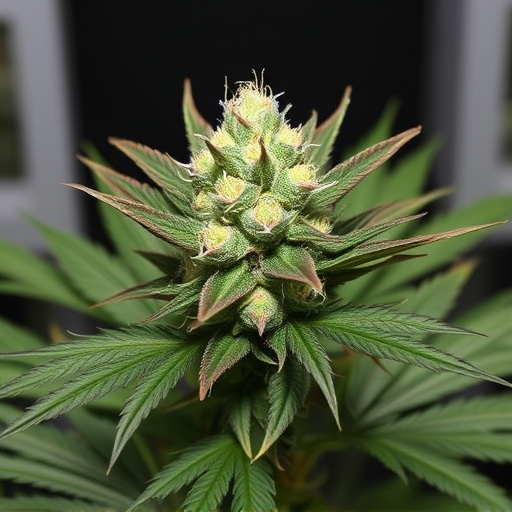
Smoking weed, or cannabis, can have both immediate and long-term effects on a person’s cognitive and physical well-being. In the short term, users may experience heightened sensory perception, increased laughter, and enhanced creativity, often referred to as the “high” feeling. This is primarily due to the active compounds in cannabis interacting with the endocannabinoid system in our bodies. However, these initial effects can also lead to a range of physical impacts, including faster heart rate, elevated blood pressure, dry mouth, and eyes, and increased appetite.
Cognitive functions may be affected as well, resulting in altered perception of time, difficulty concentrating or remembering things (often described as “dazed” or “spacey”), and impaired motor skills. This is particularly relevant when engaging in activities that require focus, like driving or operating machinery. The intensity of these effects can vary depending on the strain of cannabis—for instance, best pot strains known for their high THC content might intensify these short-term impacts. It’s crucial to be mindful of these immediate consequences, especially during social interactions and daily tasks, as they may impact overall well-being and safety.
Long-Term Health Risks Associated with Chronic Cannabis Use

Chronic cannabis use, especially at a young age, is linked to several long-term health risks. While some argue that specific best pot strains may have medicinal benefits, excessive and prolonged consumption can lead to significant problems. Research indicates that regular marijuana use can impact brain development, particularly in adolescents, potentially causing issues with memory, attention, and decision-making abilities. These effects may persist into adulthood.
Additionally, chronic cannabis users are at a higher risk of developing respiratory issues due to the inhalation of smoke, similar to tobacco smokers. This includes conditions like chronic bronchitis and reduced lung function over time. Certain best pot strains with higher levels of THC, when consumed frequently, can also contribute to mental health disorders such as anxiety and depression, especially in individuals with a pre-existing risk factors.
Exploring the Role of Best Pot Strains in Mitigating Negative Side Effects

When it comes to mitigating the negative side effects of smoking weed, the role of the best pot strains cannot be understated. Different cannabis strains have unique chemical compositions, with varying levels of THC and CBD, among other cannabinoids. The best pot strains for alleviating specific adverse reactions offer a promising alternative for users looking to minimize these effects without completely abstaining from cannabis use.
For instance, high CBD strains are often recommended for their potential in reducing anxiety and paranoia, two common side effects associated with smoking weed. On the other hand, indica strains, known for their calming and sedative properties, may help with insomnia and chronic pain. Exploring the best pot strains allows users to make informed choices, tailoring their cannabis consumption experience to their individual needs and preferences while minimising potential adverse reactions.
While cannabis has its recreational appeals, it’s crucial to be aware of both short-term and long-term side effects. From cognitive impairment to potential health risks with prolonged use, navigating these impacts is essential. However, exploring the role of the best pot strains can offer a promising path in mitigating negative consequences. By understanding these effects and making informed choices regarding consumption, individuals can enjoy cannabis responsibly while minimizing potential harm.











